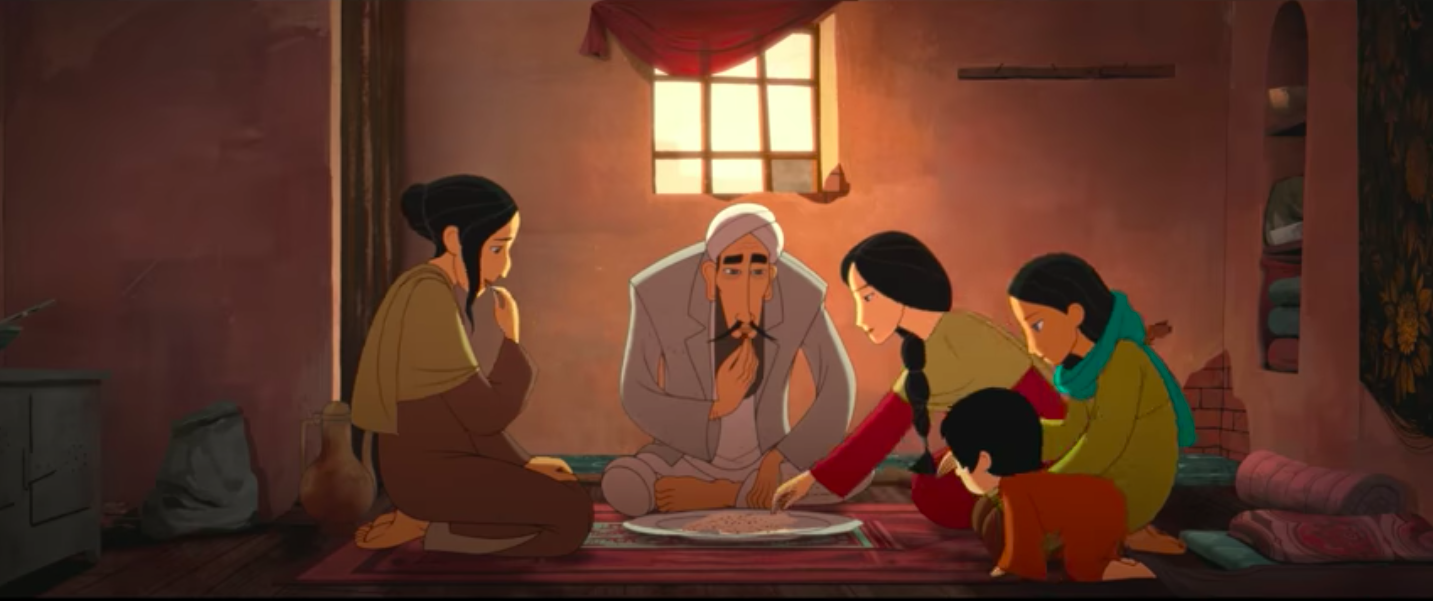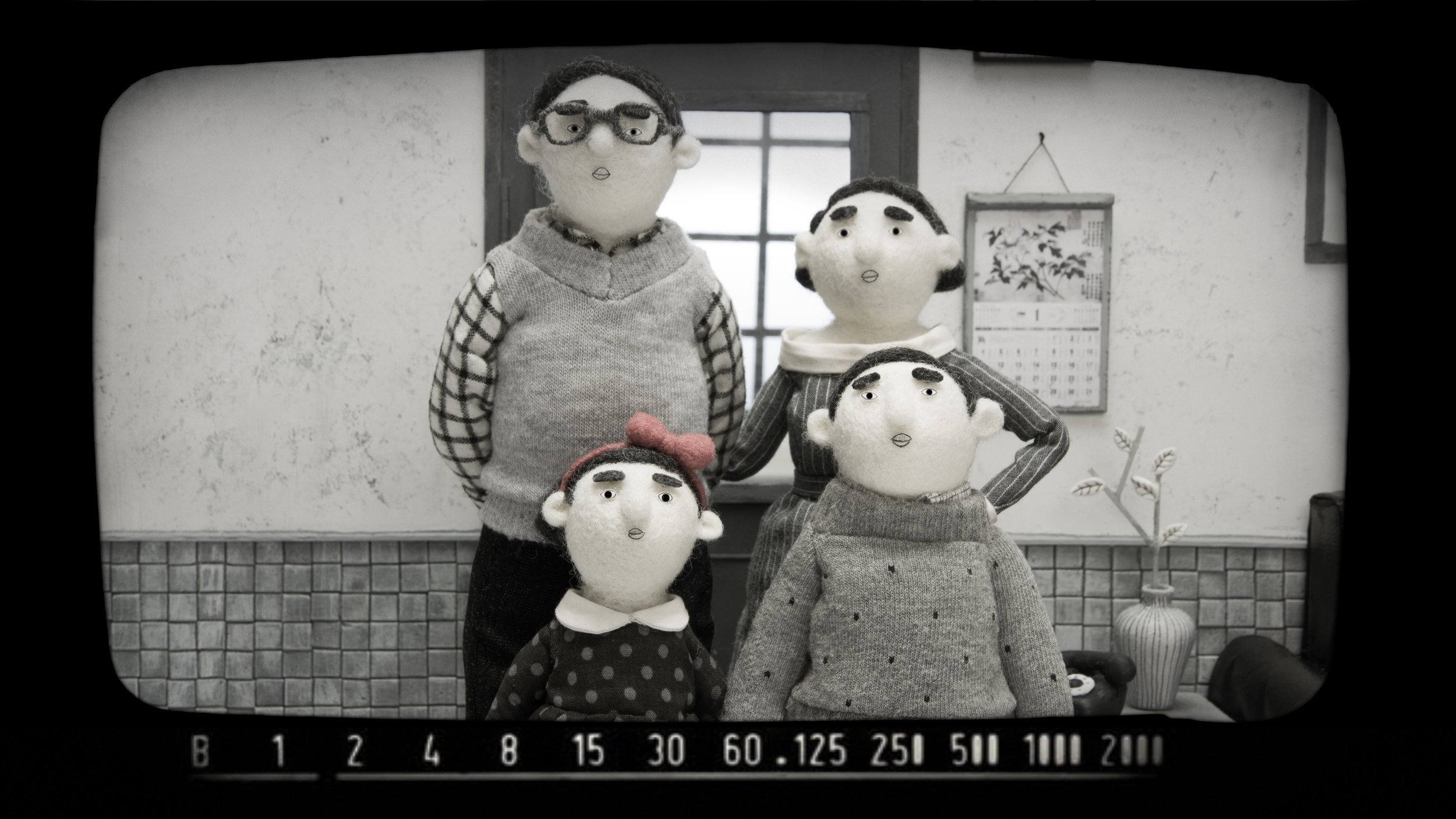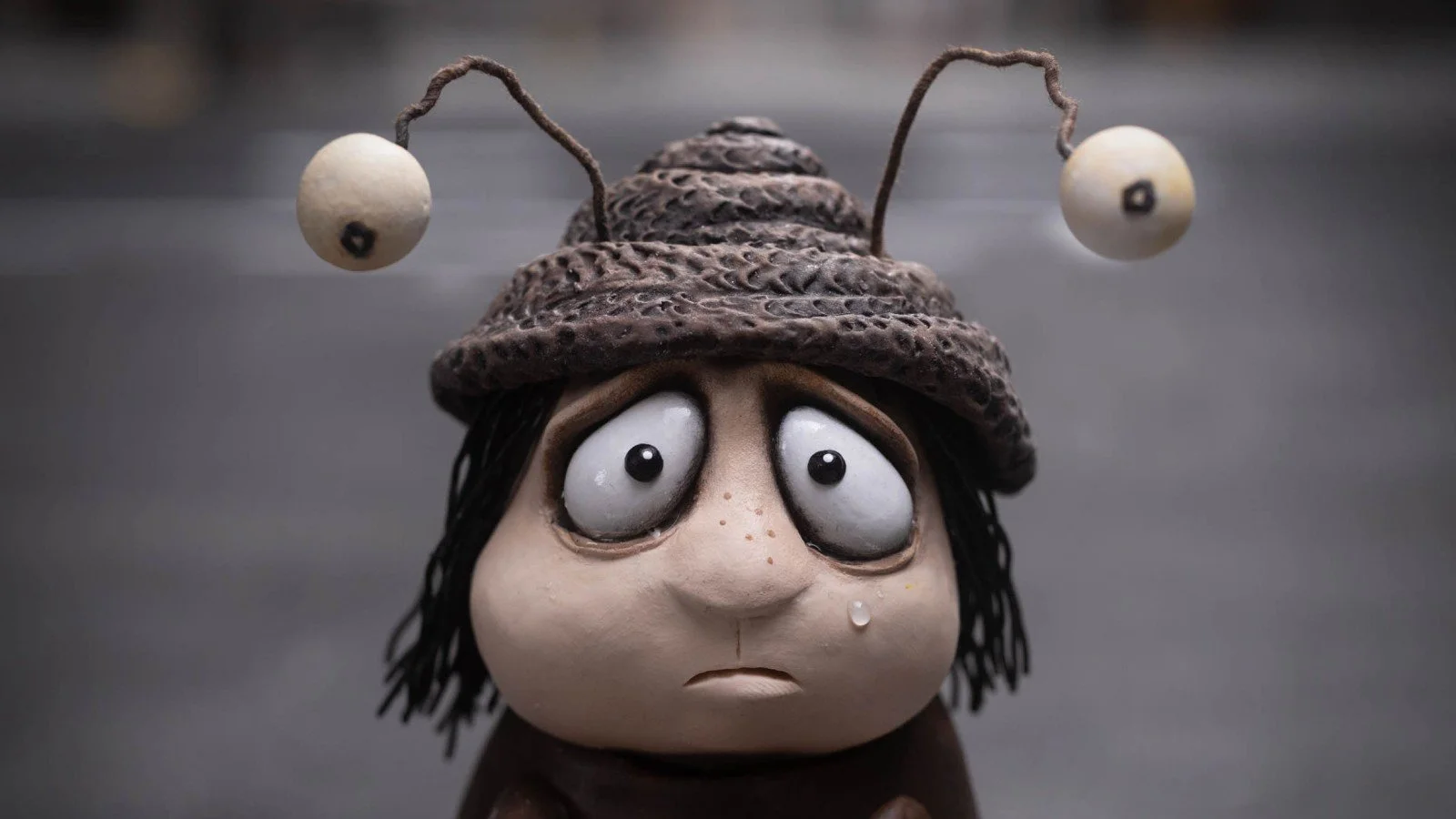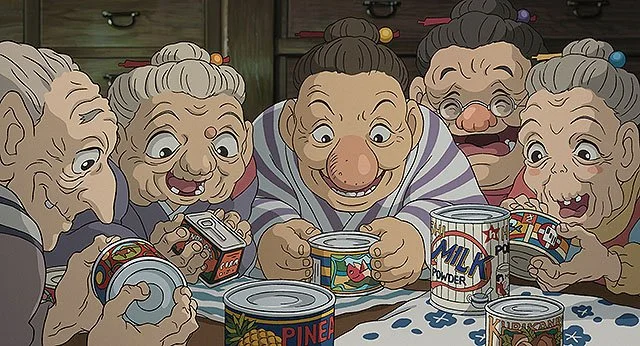Childhood Reimagined: Navigating Difficult Terrain in The Breadwinner (2017)
The world that children occupy is full of secrets, and is a world not shared with adults. It is one concerned primarily with fantasy and imagination. Every child has a right to occupy that secret world; it’s part of childhood development and is an important locator of child identity as a ‘non-adult’. As Chris Jenks tells us, “the child is familiar to us and yet strange, he or she inhabits our world and yet seems to answer to another” (2020, 3). The child exists in its own distinct world and separation and agency are at the core of that world.
Childhood is often effectively viewed through the looking glass of cinema and it is the specific separation from the adult realm that drives the child’s journey through film, and particularly through animated film. From the adventures of Pinocchio and Mowgli to Lilo’s longing for family and Kubo’s quest for a suit of armour, the child has always wandered through animated cinema, marching to the beat of his or her own distinct drum. Here the child is able to develop a unique identity through explorative play. However, capturing local childhoods on film has often been overlooked in favour of the ‘one size fits all’ ideology perpetuated by Hollywood, despite the fact that not all children live those childhoods and some find themselves negotiating very different terrain. The Ethnocentric gaze, usually a Western gaze, argues Joanne Westwood (2018, 12), cannot be holistically applied to the global child in terms of development and rearing as this is a cultural issue and it varies dramatically between villages, tribes, nations. Alexander Howe, meanwhile, argues that countercultural children’s films are hugely important in allowing the audience to “reclaim” different readings of such cinema, ones that are silenced by Hollywood’s familiar representation of childhood (2014, 6).
Norah Twomey’s haunting film The Breadwinner (2017) is one such example. This animated feature about childhood places homeland and a fractured family at its heart and tells the story of Parvana, a brave young girl living in Kabul. The film searingly depicts the separation, isolation and danger of women and girls whose husbands and fathers have disappeared from home and this adaptation of Deborah Ellis’s novel was brought to the screen by Cartoon Saloon’s Nora Twomey, co-founder of the studio, and co-director of The Secret of Kells (2009). The Breadwinner is her first solo feature. She explains that being part of a studio that makes independent films is an advantage: “we’re not beholden to stakeholders, we’re not trying to push merchandise, and that means we can tell stories that are a little bit different” (Lewis 2018). This blog post will explore the understated but evocative representations of childhood within The Breadwinner, the suppression of girlhood, the denial and reclaiming of childhood fantasies and the quest for a new kind of freedom.
Parvana sits each day with her father, Nurullah, in a marketplace in Kabul, trying to sell items to make a living for their family and she is visibly nervous of life under the regime (Fig. 1). Her father tells her stories of his past (“when I was young I knew what peacetime felt like in this city”), represented through images of children playing games in the streets, but Parvana only half listens as she watches the interaction between the soldiers and civilians. Childhood has become a difficult terrain to navigate here; Parvana is constantly aware of the undercurrent of tension around her as she occupies this male-dominated world. Her own childhood innocence is threatened by the interest one of the soldiers pays in her, teasing her that he will need a wife soon, and when Nurallah tells him to stop looking at his daughter, the soldier becomes angry. He later claims that Nurullah is teaching his daughters to be educated and independent, which is forbidden for women in Kabul. In the seemingly safe haven of the family home, Parvana argues with her sister and teases her brother. It is a scene that is reminiscent of the bickering between the Parr children in The Incredibles (Brad Bird, 2004), and her mother Fattema tells Parvana not to be in such a hurry to grow up, warning her that it might not be what she expects. The family interaction is shattered shortly afterwards, when Nurullah is arrested and taken away to prison, leaving the women and baby in an untenable position: they must fend for themselves but are forbidden to leave their house unescorted.
Fattema sets out to demand her husband’s release from the prison, taking Parvana with her and ultimately placing both of them in danger. As the prison guard rips up the photograph of Nurullah, Parvana leaps after the torn bits of paper through the railings and reaches into a secret hole in a wall. Here would certainly be where Alice tumbles down the rabbithole and the Pevensie children stumble through the fur coats into Narnia. Childhood fantasies always flourish in such secret spaces. As Parvana struggles to reach for the fragment of paper that holds an image of her father’s eyes, however, her mother is beaten off screen by the guard. There is no Wonderland or Narnia awaiting this child. Later, she reassembles the broken pieces of the photograph, while her mother sleeps. The violence, followed by the care taken in restoring what has been broken, is symbolic of the contrasts within this world, those of family and the regime. The next day, Parvana attempts to buy food in the market but no one will serve her because it is forbidden and the repercussions would be severe. In a moment that is significant for her identity and one that also marks the end of her childhood innocence, she cuts off her hair, as she realises with clarity the sacrifice she must make to feed her family. Parvana’s girlhood is suppressed and she takes on the identity of a boy; the separation of the child in other animated films is replaced here by the separation of Parvana from her own female identity. When she ventures outside, she is shocked at how much freedom she has. Her friend Shauzia has adopted a similar disguise, as Deliwar, and Parvana takes the name Aatish to become a son rather than a daughter. Shauzia explains to her that she must offer money at the prison to help free her father, “you can get a lot done with bribes,” and the two friends embark on a number of money-making schemes as the boundaries of their world are suddenly expanded. Aatish has no need to fear the market and, with Deliwar, is able to venture across landscapes to become her family’s breadwinner (Fig. 2).
Once the girls ‘become’ boys, the fantasy realms suddenly appear, as secret worlds entered through holes in walls, breathtaking wide-open spaces of countryside, and through stories that are told. Nurullah’s childhood is revealed as a preserved time when Kabul was a different world, one in which he felt safe. Parvana’s own fantasy is told as a story to her little brother, of the elephant king and a boy on a quest (much like Parvana’s own quest to save her father). The boy in the story is her dead brother Sulayman and his real ‘story’ ended in the moment that he picked up a toy on the street and it exploded. What happened is not discussed by the family, aside from Fattima exclaiming how much Parvana resembles him when she dresses as a boy. The Breadwinner is a film about loss; of family members, of a world where children played and were free, and of a girl’s childhood innocence.
The child’s performance in this 2D animation is key to the film’s success by embracing the realism of the original story. Twomey noted that she was drawn to the unsentimental portrayal of Parvana, who is flawed, fighting with her sister and arguing with her parents, and Saara Chaudrey, the character’s voice actor, had researched carefully into her culture and felt the same passion about women’s rights. Chaudrey’s own grandfather had been born in Afghanistan and had fought in the Hindu Kush mountains that form the backbone of Parvana’s own stories (Power 2018). Her often understated performance in the film lends it a beauty that is haunting and a realism that is sometimes harsh. Her character is often still, watching and waiting, fearful yet brave, and it is this stillness, so unusual for portrayals of animated children, that enriches the film’s themes of turmoil. Twomey believes that animation enabled the film’s story to be layered, with aspects for both children and adults to absorb (a sharing of worlds, in a sense). Animation, the director says, is a gift: it can distance us but also draw us closer (Power 2018). In the battered, washed-out cityscape of Kabul, this representation of childhood is like a spool of golden thread, offering up startling glimpses of love, hope and truth.
**Article published: March 11, 2022**
References
Howe, Alexander and Yarbrough, W. 2014. Kidding Around: The Child in Film and Media. London and New York: Bloomsbury Academic
Jenks, Chris. 2020. Childhood (second edition). London, New York: Routledge
Lewis, Tim. 2018. “Animator Norah Twomey: Factory Work was Incredible Training for my imagination.” The Guardian, May 20, 2018. https://www.theguardian.com/film/2018/may/20/film-director-nora-twomey-interview-new-review-q-and-a-breadwinner
Power, Kit. 2018. “The Breadwinner: An Interview with Nora Twomey and Saara Chaudrey.” The London Economic, May 21, 2018. https://www.thelondoneconomic.com/film/the-breadwinner-an-interview-with-nora-twomey-and-saara-chaudry-89260/
Westwood, Joanne. 2018. “Childhood in Different Cultures.” In An Introduction of Early Childhood Studies edited by Sacha Powell and Kate Smith, 10-17. 4th Edition. SAGE
Biography
Jane Batkin is an animation film theorist and acting deputy head for the School of Film and Media at the University of Lincoln. Her book Identity in Animation was published in 2017, and she has had various chapters published in edited collections on animation, the most recent being a piece on childhood wandering in Coraline: A Closer Look at Studio Laika’s Stop Motion Witchcraft, published in 2021. Jane is currently working on her latest book Childhood in Animated Film and Television.






Common notions about the homeless have been perpetuated through demeaning tropes that only fuel their ostracism from society. Almost every television programme or film has depicted homeless people before, often portraying them in a negative light, using them for comedic relief, or simply treating them as shallow background characters, without ever addressing their situation seriously. Japanese film director Satoshi Kon, however, shines a spotlight on the personal experiences of these people, who often come from different backgrounds, by making them the main characters in his animated feature film, Tokyo Godfathers (2003). Set in a snowy Tokyo at Christmas, the story follows Hana, a transgender woman and former drag queen, Gin, a middle-aged alcoholic, and Miyuki, a teenage runaway taken care of by Hana and Gin. While picking through trash, the three are interrupted by the cries of an abandoned baby. Not knowing of the parents’ whereabouts, Hana insists that they take care of this baby until they find them, to the dismay of Miyuki and Gin.